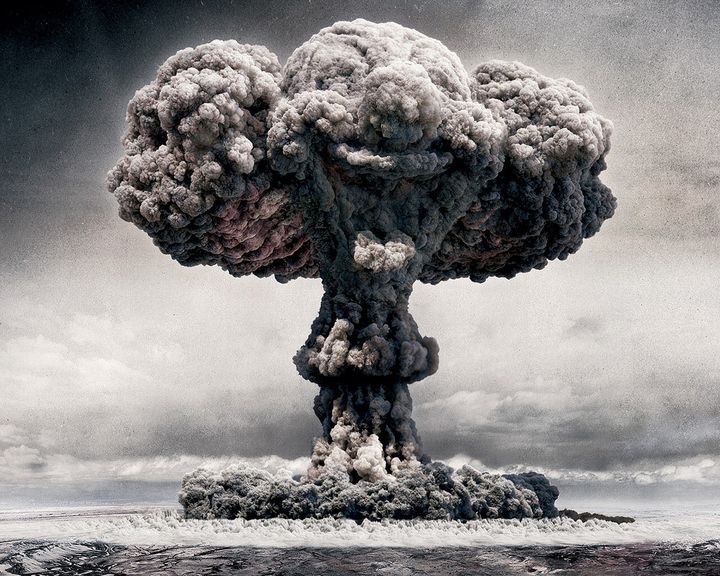
You might not know it yet, but the ranks of preppers — people who actively anticipate and prepare for end-of-the-world scenarios — could now include your coworker or neighbor. Preppers’ motivations differ per person: worries over climate change, nuclear war, or the collapse of government into anarchy, to name a few. But all members possess a shared conviction that the future looks bad, and they are going to do everything they can to be ready for it. Recent events such as North Korea’s accelerated nuclear testing and Hurricane Harvey’s unprecedented devastation have only served to further legitimize doomsday prepper’s precautionary stance. Over the past few years, what had been a fringe right-wing movement of doom-sayers has now experienced growing popularity in America, even making its way into previously unchartered portions of the population.
The prepper movement is far from new. Preppers can trace their roots to the more radical ‘survivalism’ movement of the 1970s through the 1990s, which featured far-right extremists such as Randy Weaver. Unfortunately, Weaver’s desire to accumulate militia-style survival gear ended in a fatal stand-off with the authorities resulting in the deaths of his wife and son. In an attempt to distance themselves from such controversial figures, modern-day survival enthusiasts have adopted the name of ‘preppers,’ a trendier term welcoming to a greater spectrum of concerned citizens. Their preparations can range anywhere from owning an underground bunker and investing in gold coins, to taking courses on water filtration, buying and using a firearm, and stockpiling on food. Natural disasters such as Hurricane Katrina and far-reaching events such as the economic collapse of the housing market and recession in 2008 served to spark increased interest in the prepper movement. But perhaps one of the most unexpected events that has contributed to the recent growth of the movement was the election of Donald J. Trump as President of the United States last November.
Traditionally, the prepper movement has been associated with members of the far-right. Right-wing talk show hosts like Jim Bakker, Glen Beck and Sean Hannity further encourage the prepper mentality by religiously promoting survival products such as buckets of preserved food (advertised as a “Fiesta Pail” or “Pizza Bucket”). However, in recent years prepper membership has seen a shift, and survivalism has almost become mainstream. The National Geographic show “Doomsday Preppers,” which launched in 2012, was the network’s most popular show ever by the end of its first season. However, it wasn’t until the beginning of 2017 that moderates and liberals, spurred on by unease with the current administration, opted to join this historically far-right movement. The Facebook group ‘The Liberal Prepper’ has drawn over 2,800 members, and self-proclaimed liberal prepper Colin Waugh has made a name for himself in several media appearances promoting his newfound appreciation for the movement. Additionally, this past January The New Yorker reported that many affluent Silicon Valley tech industry workers have joined the ranks of the preppers, such as billionaire venture capitalist Peter Theil, who owns a second home and citizenship in New Zealand.
The motivation of preppers varies from member to member, some apocalyptic scenarios more plausible than others. But many see the growing ranks of preppers across political and economic divides as reason enough to take the movement seriously. While the movement is far from becoming fully ‘mainstream,’ it’s closer now than it has ever been. If tensions with North Korea or natural disasters continue to escalate, it’s likely that so will discussions about bunkers and freeze-dried supplies of food.
